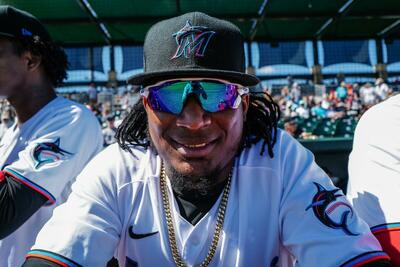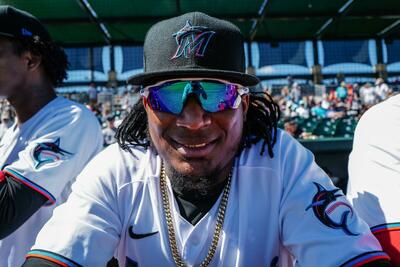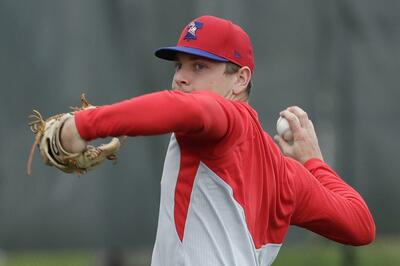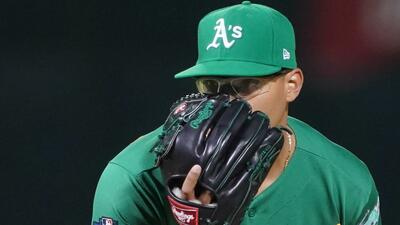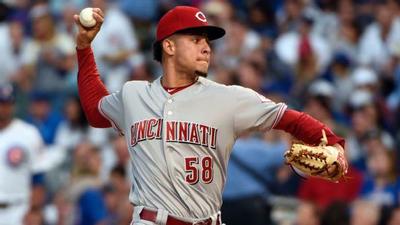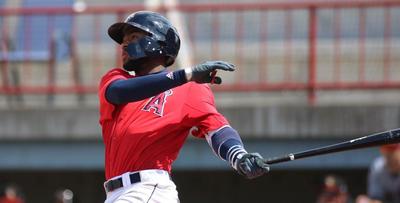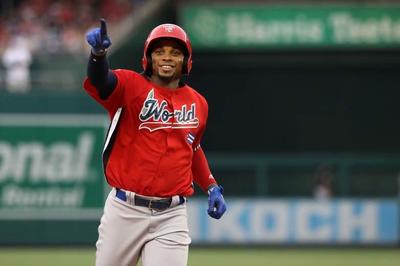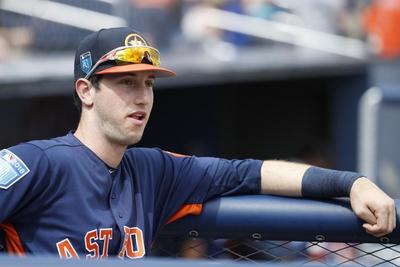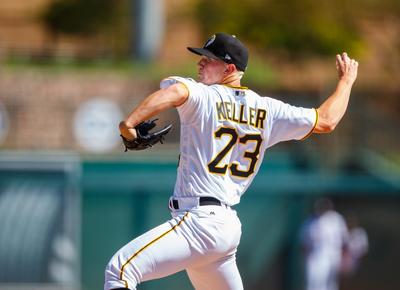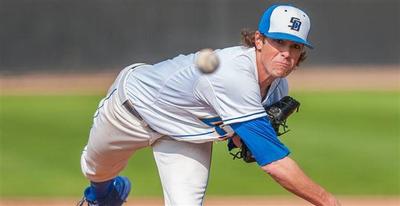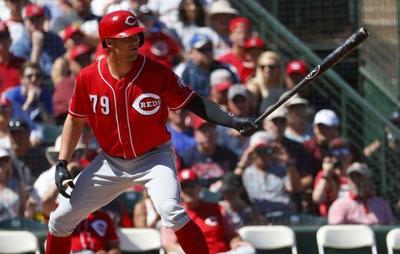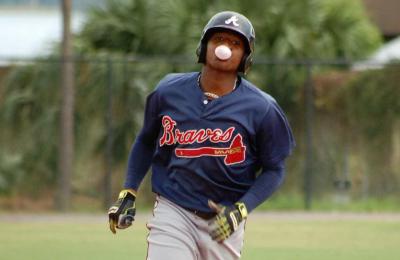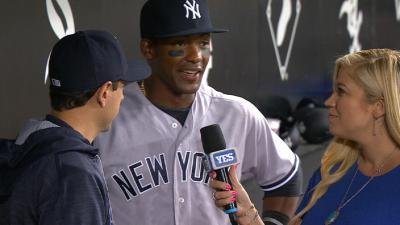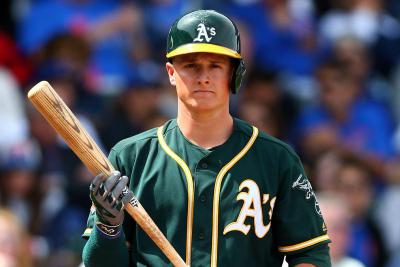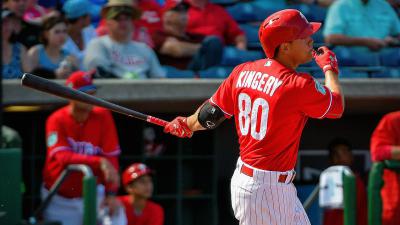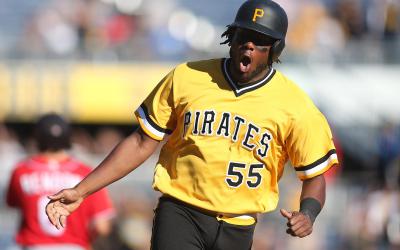Every year about this time ... actually a week later than this time ... I recap the first few picks of the MLB First Year Player Draft. And every year I get a few emails saying that these players are too far out, from a development standpoint to spend time on.
And while you don't have to go back too far to find a point where that was probably true, the development game has changed, and the draft has changed with it. Teams scout and draft and develop with nearly-immediate gratification in mind.
In 2007 I got emails about dealing with players in that draft who were "years away" ... Players like David Price, Matt Weiters, Josh Vitters, Matt La Porta, and Bret Cecil. Other players from that year's draft ... Mike Moustakas, Jarrod Parker, Madison Bumgarner, Jason Heyward, Mike Stanton, Aaron Poreda ... These players are part of our daily prospect conversation. These players top our minor league wish lists and pop up in MLB trade talks.
In 2006 it was Tim Lincecum, Evan Longoria, Clayton Kershaw, Travis Snider, Daniel Bard, Joba Chamberlain, Trevor Cahill, Justin Masterson, Andrew Miller, and Max Scherzer.
In 2005 ... Justin Upton, Alex Gordon, Ryan Zimmerman, Troy Tulowitzki, Mike Pelfry, Cameron Maybin, Andrew McCutchen, and Jay Bruce were all drafted before pick #13.
Many consider the NFL draft to have more of an immediate impact on their teams and because a high percentage of picks make their NFL team's roster that same season (because the NFL has no "minor league"system to speak of) you can see where the argument could be made. But many of those players take a season or two to mature to the point where they can make significant contributions, and in that regard the MLB draft is getting closer and closer to the NFL draft each year.
The players taken Tuesday in the 2009 MLB First Year Players Draft maybe a few months out, but a few will deserve a blip on our mental radar as soon as Wednesday and a few more will be sought-after fantasy commodities by the time the first pitch of the postseason is thrown.
With that thought in mind I decided that this year I would take a look at some of the top prospects in the draft so we could enjoy the draft on Tuesday knowing some of the major players.
Any talk about the 2009 Draft begins with right-hander Stephen Strasburg. The San Diego State starter is as dominant as the #1 talent in this year's draft as he is in college competition. Strasburg's fastball cruises in the mid-to-high 90s, even 75+ pitches into a start, and he pops triple digits with alarming frequency. Stephen has fanned more than half the batters he's faced. His 6-5, 220 frame is pitcher-perfect and he backs up his devastating fastball with a slurve that is 10 mph off of his fastball pace and a surprisingly decent change which is close to 20 mph slower than his fastball. Unfair.
Stratsburg's command has room for improvement and some scouts worry that his motion looks similar enough to Mark Prior's that he will medically follow the same path. His make up is considered to be fine, as is his poise, although his mound demeanor needed some improvement over the last 18 months to get there.
Stephen could pitch at the MLB level on Wednesday. Although that's unlikely, it wouldn't be shocking to see him pitch in the majors in September. Barring injury, Strasburg is as a close to a sure thing as young pitchers ever get. More than one writer has called him the best pitcher to be taken in the draft ...ever. High praise. Strasburg is a #1 starter just waiting to happen and potentially a perennial all-star. Think Josh Beckett ... plus.
Otherwise ... in no particular order ...
Dustin Ackerly comes off looking bad in the shadow of Strasburg but he is perhaps the best pure hitter in the draft. The Clemson product plays first base while rehabbing from Tommy John surgery but his future, teams hope, lies in a return to his primary position, center field. Quick hands and strong pitch recognition allow Dustin to see pitches deeper and use the whole field from the left-handed batters box.
The knock is that at 6-1/184, the North Carolina Junior may not develop enough power to hold his own, production-wise at first base. If he can return to center field he can use his plus speed and bat skills to become a productive MLB hitter and an outstanding fantasy property as a 20/20 player. At first base, he's Sean Casey... if Sean Casey could steal 20 bases that is ...
The Nationals could have ended up with Stephen Strasburg and perhaps the next best pitching prospect in the draft, Aaron Crow, if they had signed Crow last year after drafting him out of Mizzou. The 6-2/205 right-hander opted not to sign with the Nats after being chosen with the 9th overall pick, and he went the Independent League route instead.
Aaron's fastball sits in the low 90s and has good natural sink, but he leads with his slider which has a hard edge and misses bats. Aaron has spent the last year working on a change which is viable and a little more at times. His command can be inconsistent and his mechanics will need some tightening up, but Crow's decision to renter the draft should result in an even higher pick this year, if teams aren't a still a bit leery of his signability.
This is a small sample of the prospect analysis that subscribers to Insiderbaseball.com receive right in their inbox, throughout the week, all season long. Find out what you are missing (and what your league leader isn't) by visiting Insiderbaseball.com today!

